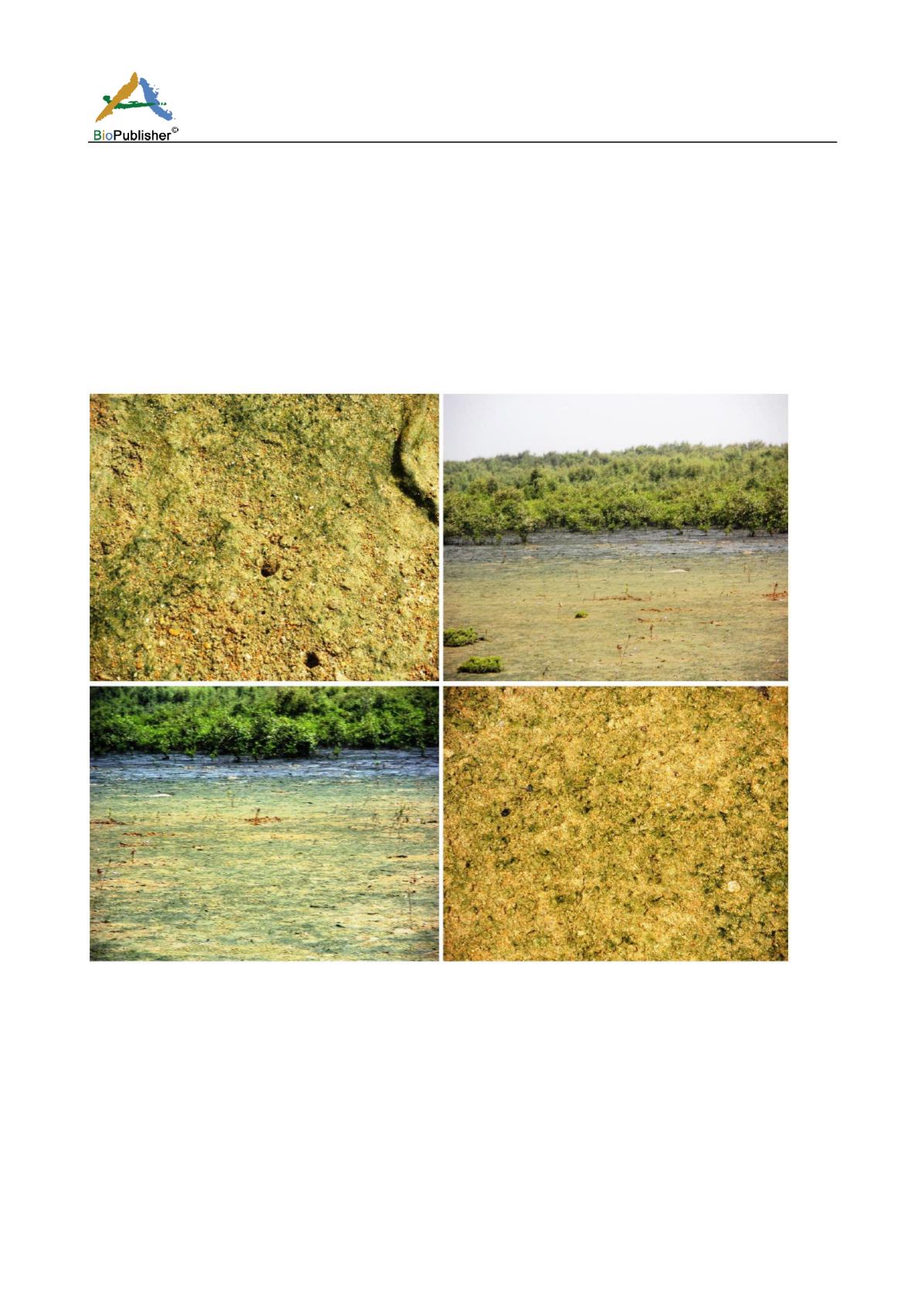
International Journal of Marine Science 2016, Vol.6, No.22, 1-14
3
2.1.2 Korangi creek
Korangi Creek (mangrove forest) is situated in the south of Karachi. It is covered by muddy creeks (Plate 2). The
north most creeks of Indus delta are Korangi Creek. A Korangi Creek is 12 km from Karachi harbor and 9 km
from Quidabad. Korangi Creek is connected at its northeast remain with Phitti Creek and Kadiro Creek while at
its sub western end it connects with open sea and with Gizri Creek and is bounded on its sides by extensive
mangrove vegetation of
Avicenna marina
(Saher, 2008). This creek receives effluents from domestic, industrial
and oil Refinery. Its domestic, wastes comes from adjoining fishing villages (Waguder, Ibrahim Haydri, and town
ship of Korangi). Malir River is another source of domestic and industrial wastes to Creek area. This area receives
discharges from Pakistan Refinery, soda ash factory and National Refinery as well as Karachi Electric Supply
Corporation Power Plant etc. (Abbas, 2006).
Plate 2. Burrowing activity of Ocypodid crabs at Korangi Creek.
2.1.3 Field Work
The samples of Ocypodid crabs
D. blanfordi
were collected on monthly intervals for the period of March 2007 to
May 2008 from supra tidal zone of Clifton and Korangi Creek (Plate 1 and 2). Sampling of crabs was
determined by quadrate method at low tide (Snowden et al., 1991; Suzuki, 1983). Each crab found within quadrate
was captured by digging from the sand and mud up to 10cm depth from hand and with the help of forceps.
2.1.4 Laboratory procedures
All crabs were sorted by sieving of sand and mud (0.250 and 1.00 mm mesh size) then washed with tap water and
placed first in 5% formalin for 24 hours and then transferred in 70% alcohol. The species and sexes were
identified with the help of authentic available literature (Tirmizi and Ghani, 1988; Crane, 1975; Ng et al., 2008).


